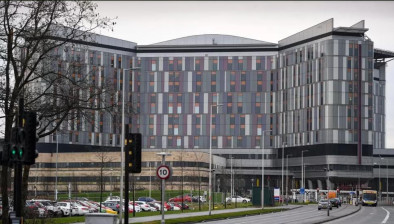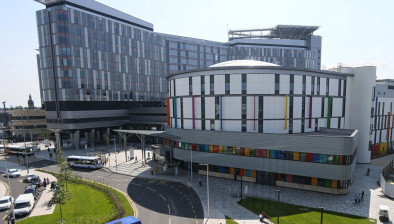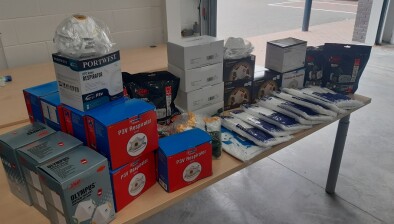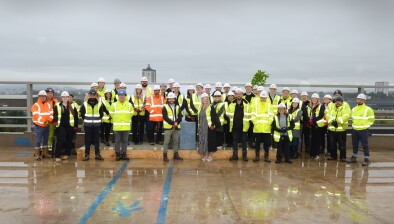Design of Glasgow hospital to be reviewed amid pigeon dropping infection deaths
Health secretary Jeane Freeman has ordered a review into the construction, design and maintenance of the Queen Elizabeth University Hospital in Glasgow following the death of patients who contracted a pigeon dropping infection.
It emerged at the weekend that two patients who had died at the hospital had contracted a cryptococcal fungal infection which is linked to pigeon droppings

NHS Greater Glasgow and Clyde said an elderly patient died from an unrelated cause but a post-mortem of the child confirmed the bacteria was both present and a “contributory factor” in the death.
A non-public room, thought to contain machinery, was identified as a likely source. Ms Freeman said traces of excrement had been found in the room, where there was a small break in the wall which was “invisible to the naked eye”.
Jeane Freeman told MSPs the health board had given her a “detailed briefing” and she was confident it had taken “all steps” to maintain patient safety at the 1,677-bed facility.
However the structure and maintenance of the building will be reviewed with independent advice, and the results made public, she added.
The health secretary told MSPs: “In November, the bacteria cryptococcus was identified in one patient. That patient was discharged for palliative care and sadly subsequently died in late December - but cryptococcus was not a contributing factor in their death.
“In December, a post mortem of a child who had passed away confirmed that cryptococcus was both present and contributing factor in their death.
“I know I speak for the whole chamber when I say to both families that our thoughts and sympathies go to them.”
Ms Freeman added: “There are two strands to this. The first is to deal with the current infection, which the board has done thoroughly, they’ve taken all the measures they should take.
“The other is the building itself. We need to be absolutely sure about the current state of this infrastructure - what do we need to fix, how has that arisen, and what are the lessons for our build elsewhere in the health service.
“That may be in aspects of the design that we weren’t aware of at the time, it might be in aspects of the commissioning, it might be maintenance, or maybe a combination of all of those.
“That work has already been scoped out, and towards the end of this week I will agree with the board what external independent advice they will bring in to ensure that work is taken forward and that I’m assured that we do that as thoroughly and quickly as we possibly can.”
Last year, safety netting was installed around the £840 million flagship super hospital after a pane of glass fell ten floors from the building. In 2017 it emerged that cladding similar to that found on Grenfell Tower in London is to be removed from the facility as a precautionary measure.

















